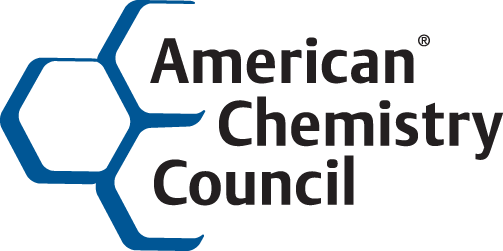
Understanding Hazard, Exposure and Risk in the Built Environment
- Registration Closed
This course has been discontinued and is no longer open to new registrations. If you previously registered you still have access to the content for review.
Learn how to appropriately weigh considerations of hazard, exposure and risk when selecting products and materials during the building design and construction process.
Do you think ingredients, hazard and risk mean the same thing when it comes to specifying the most sustainable product? Learn the difference between the two and what tools (LCA, EPD, HPD, and SDS) are available to inform your selections and ensure the full life cycle of an installed product. Gain confidence in your choices, navigate ingredient concerns through practical examples, and understand why the same product might be right for one application but not the other depending on project goals and occupant needs.
Content Provider

What You Will Learn
- Explain the difference between hazard, exposure and risk in terms of chemical ingredients and materials selection.
- Recognize the limitations of hazard-only thinking when selecting building materials.
- Assess product comparisons based on ingredients, performance, cost and life cycle impacts.
- Identify the tools available to evaluate the safety of building products and materials.
Continuing Education Approvals
- 1 IDCEC CEU | CC-113649 (Your CEU will be reported to IDCEC on your behalf by the Content Provider.)
- 1 AIA LU | HSW ACC-301 (AIA Members: Please contact education@asid.org to have your completion reported by the Content Provider)

Jack Armstrong
President, Acumen, LLC
Jack Armstrong is president of Acumen, LLC, a boutique sustainable marketing, education, and business-communication consulting practice. Armstrong founded Acumen in 2013 after his 24-year chemical-engineering career in construction industry ingredient manufacturing in Europe, North America, and South America. Key focus areas include occupant health, comfort, and energy efficiency/durability for sustainable construction, in addition to B2B supply-chain, life-cycle-analysis, and educational messaging along the entire value chain. Armstrong serves on the boards of the Energy and Environmental Building Alliance and Team Zero (formerly the Net Zero Energy Coalition). Additionally, he was a member of the United Nations Environmental Program’s Sustainable Building Climate Initiative Materials Advisory Committee.
